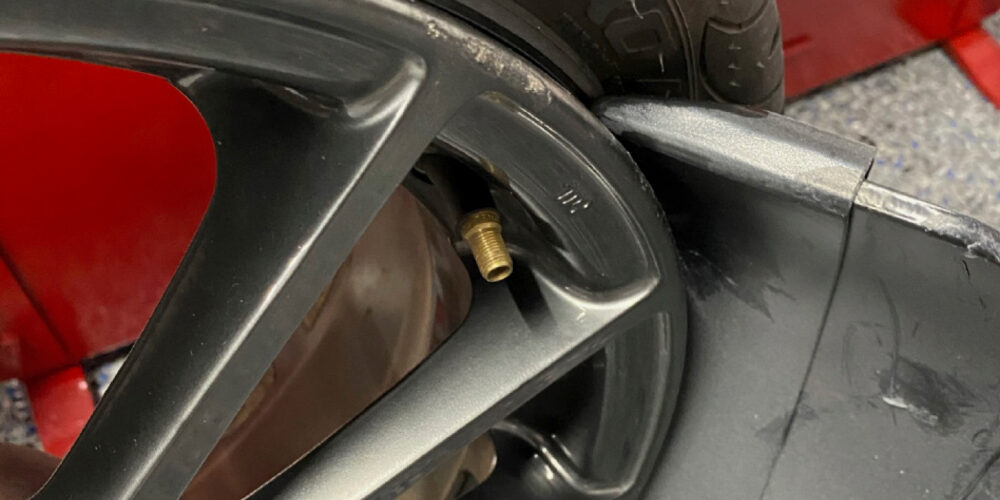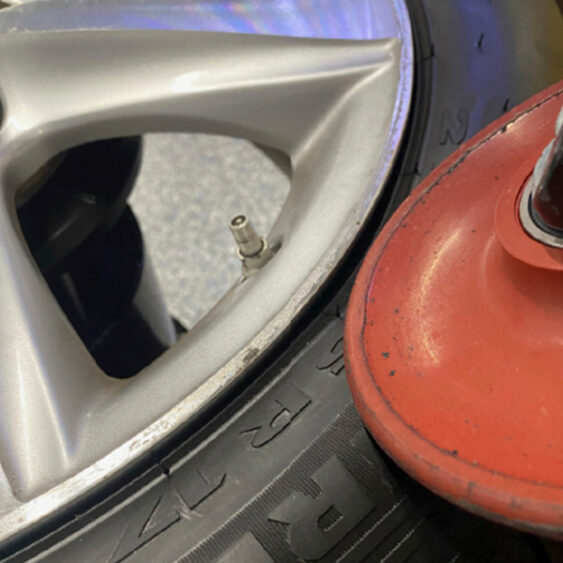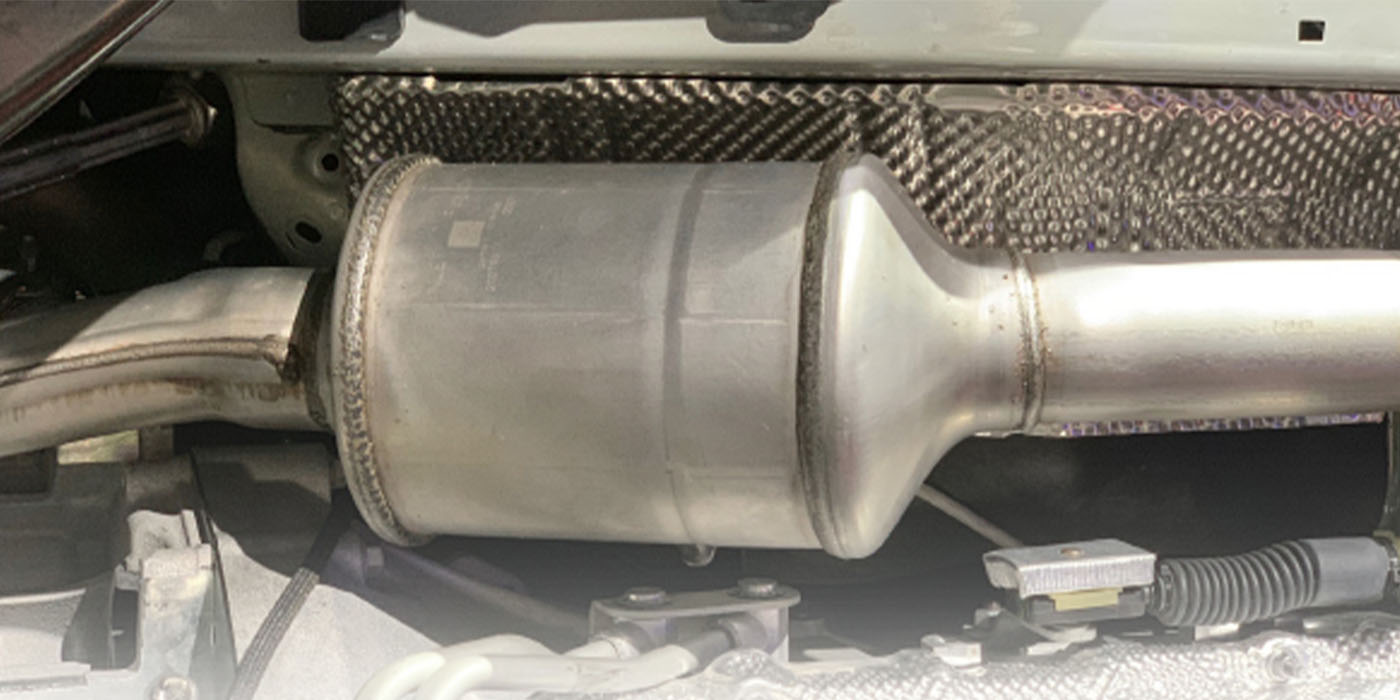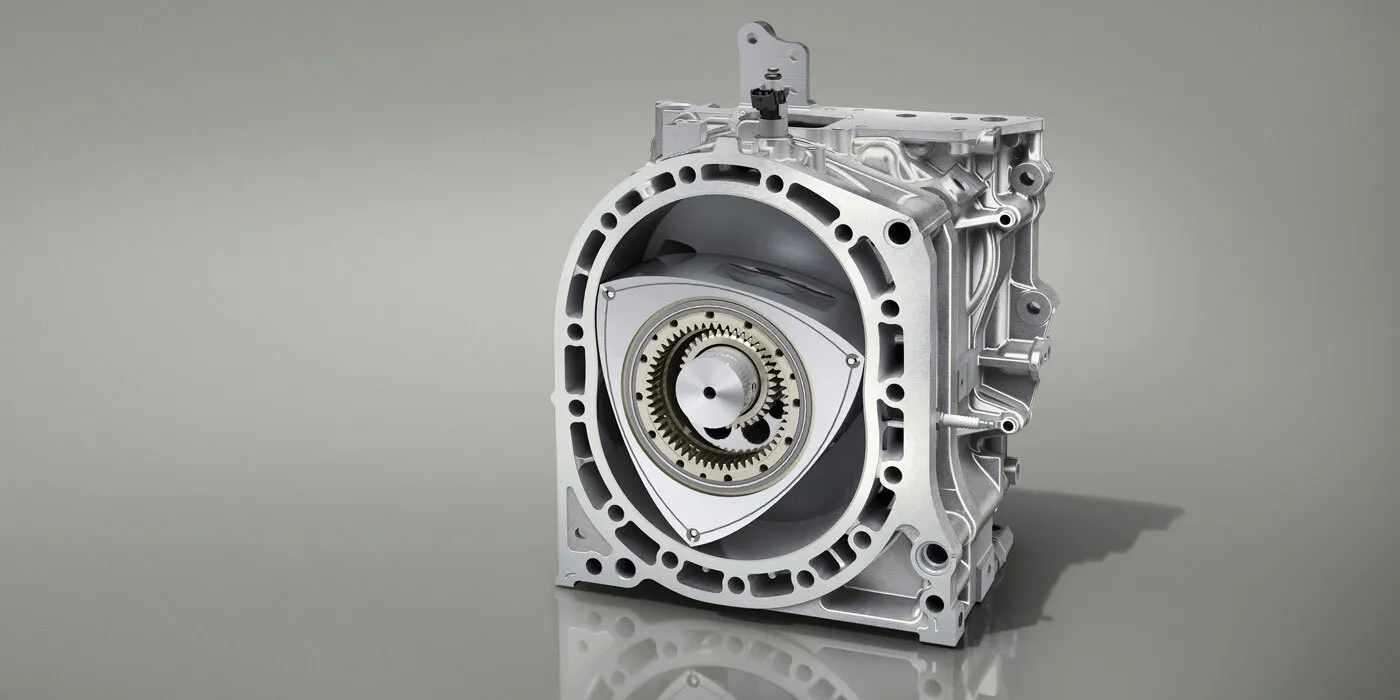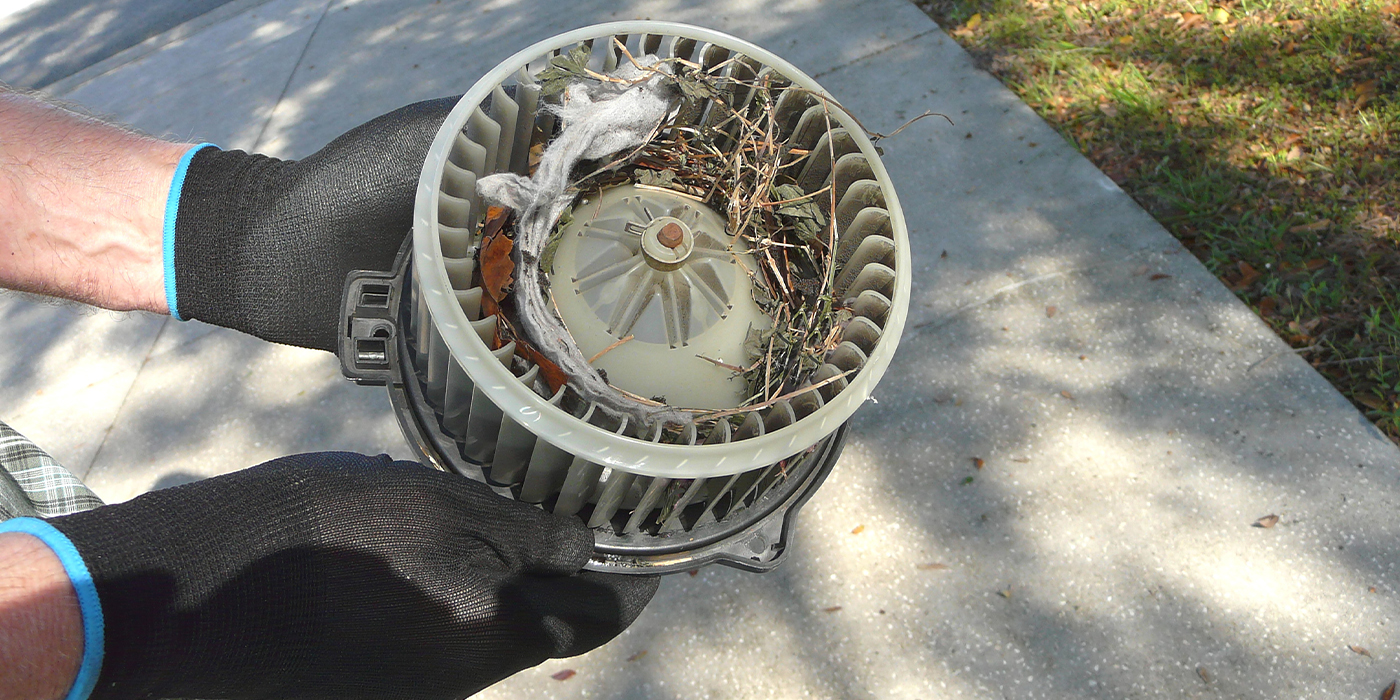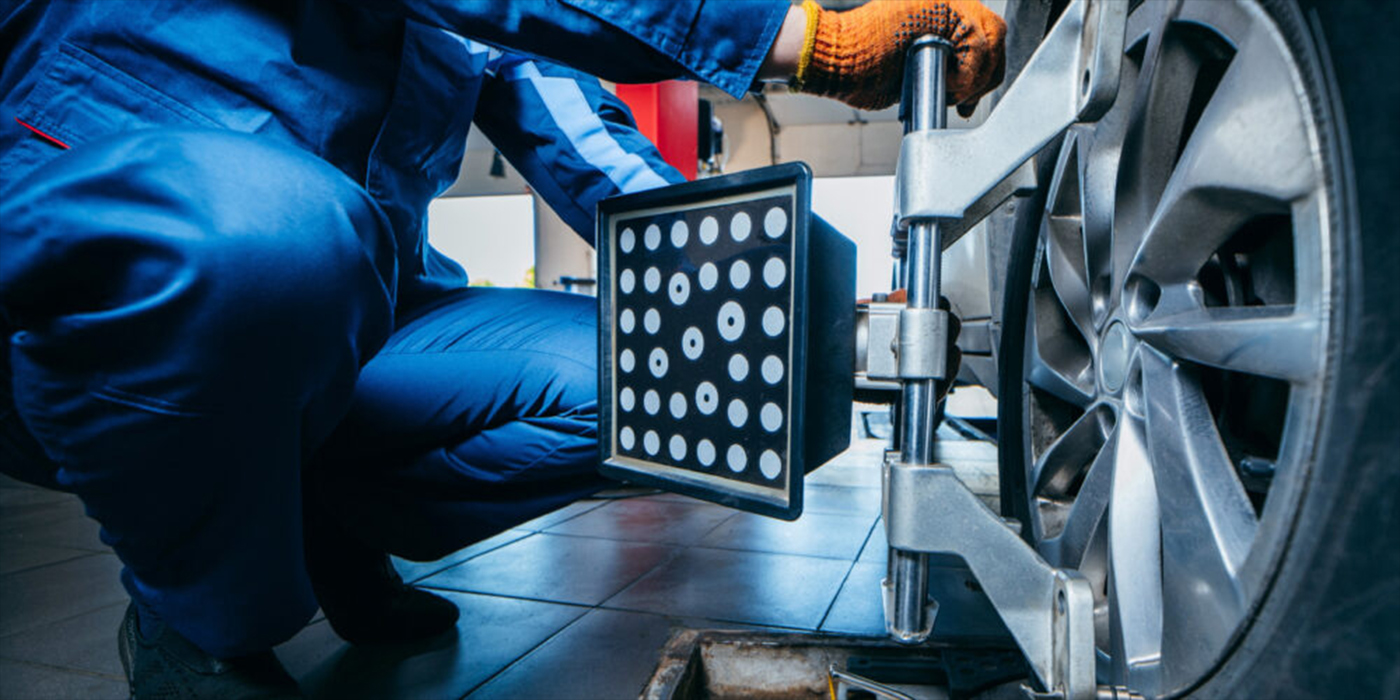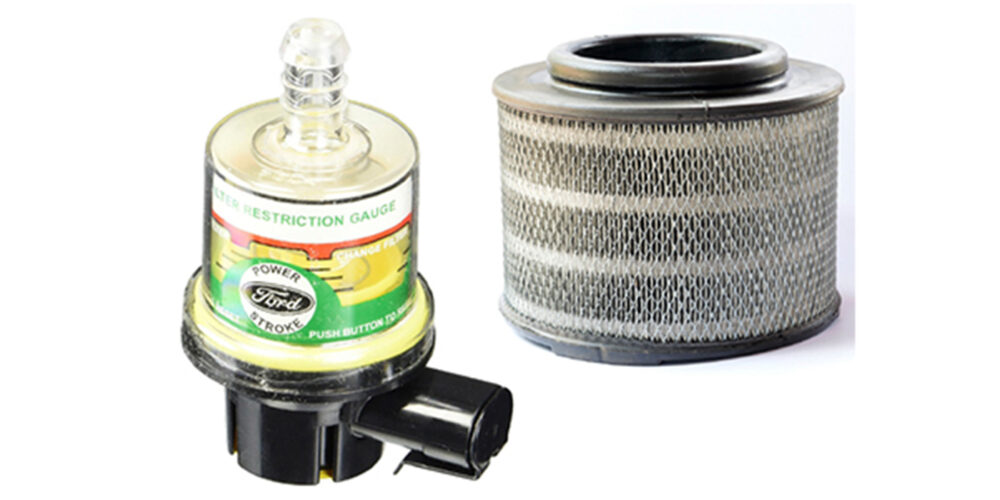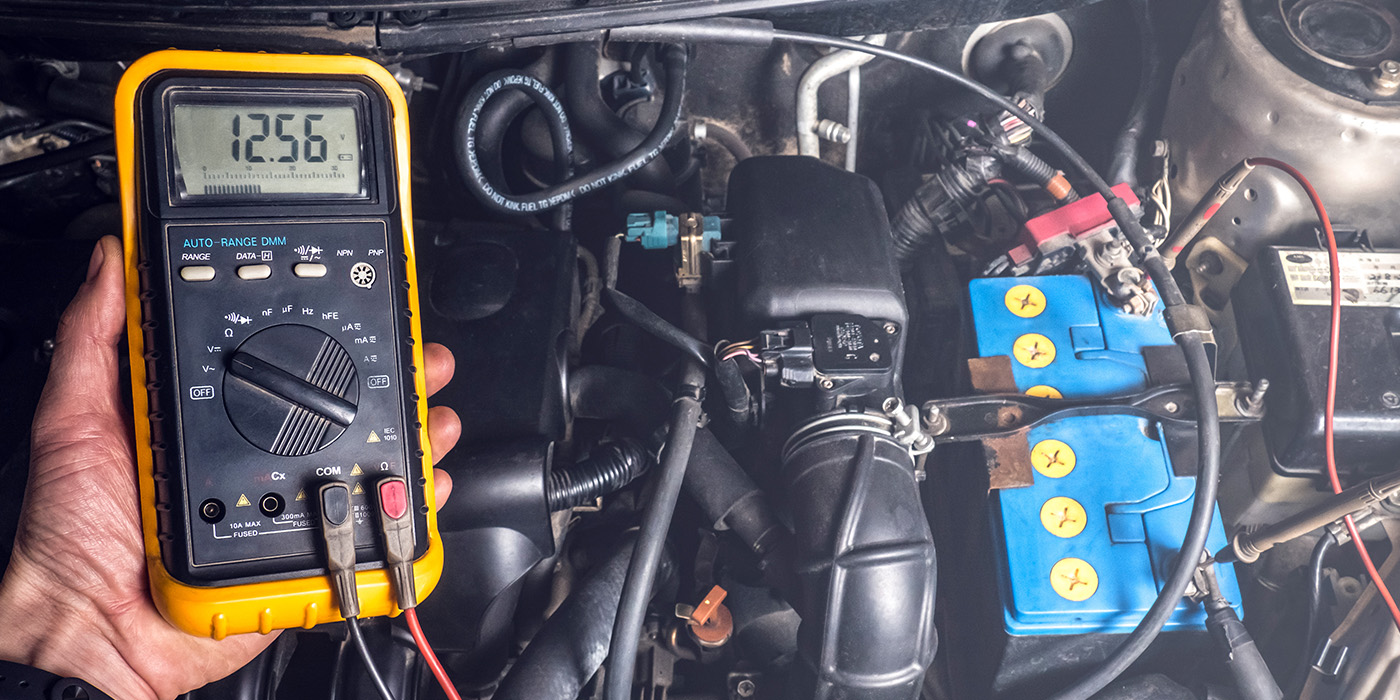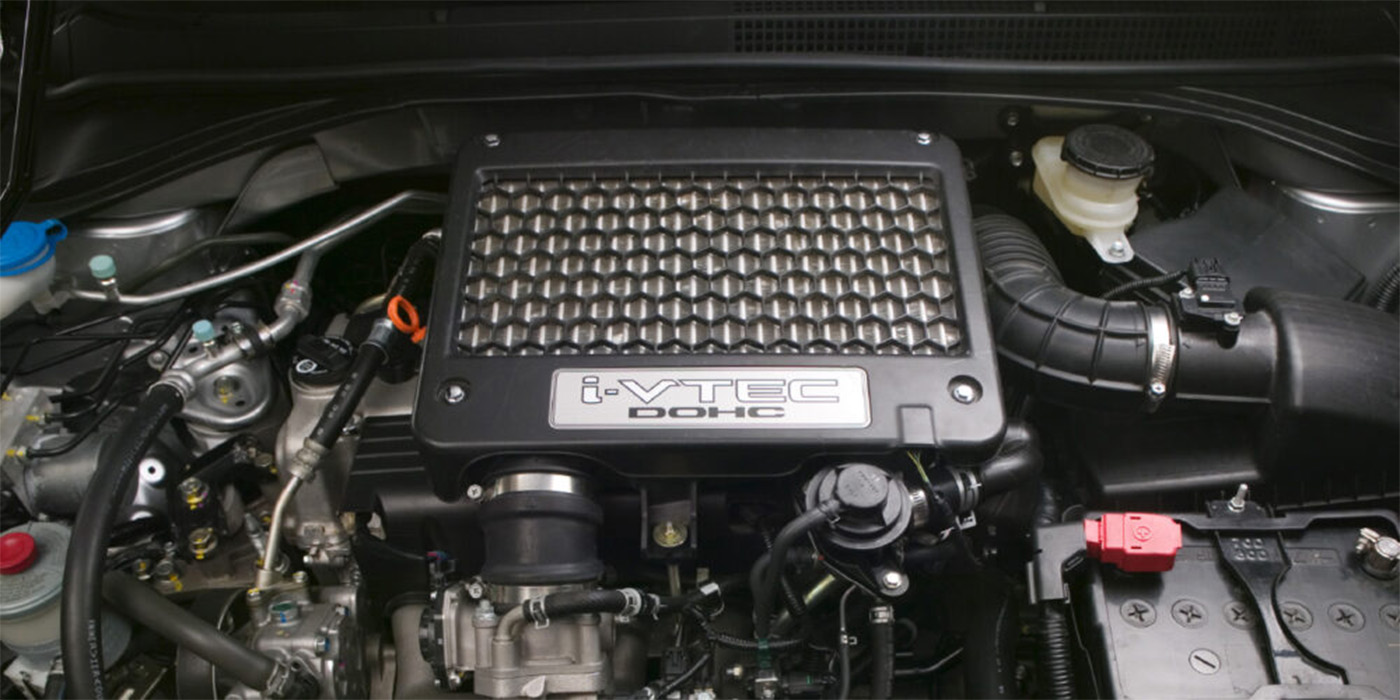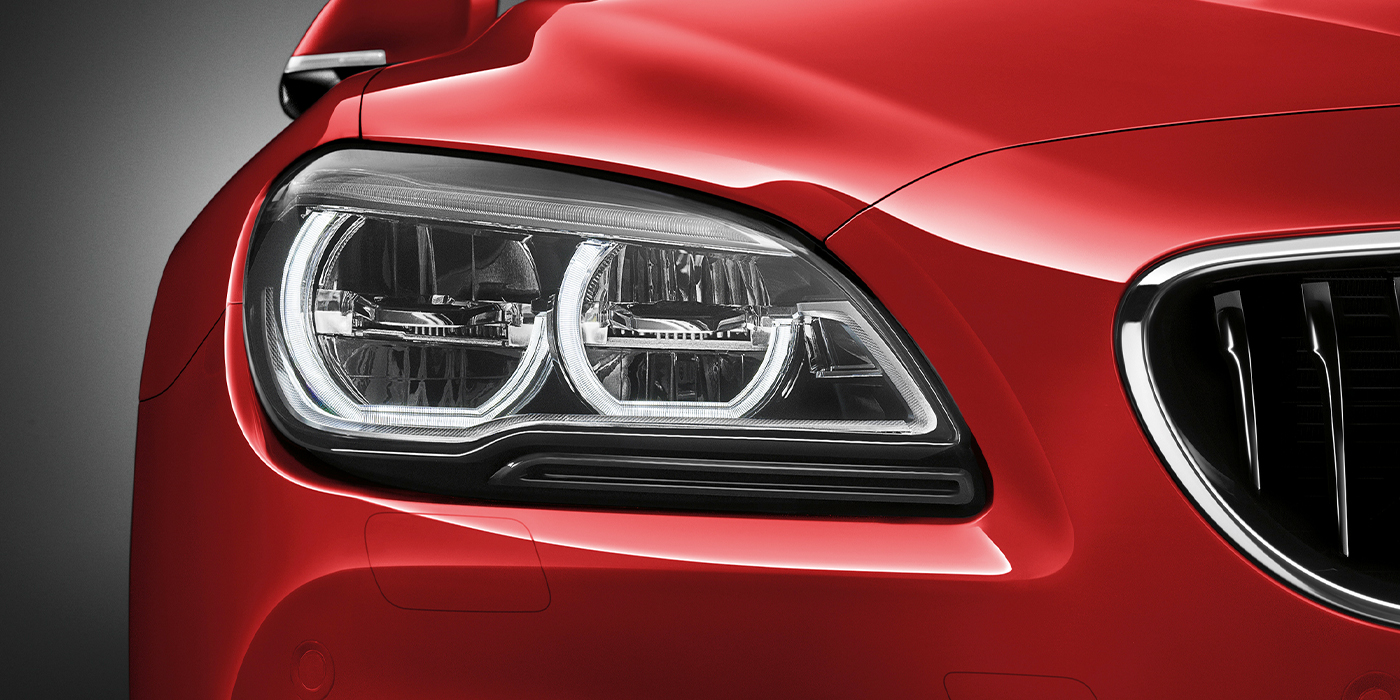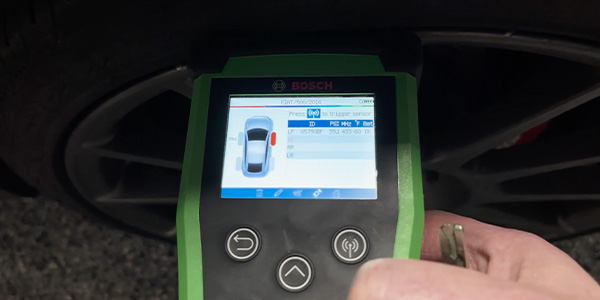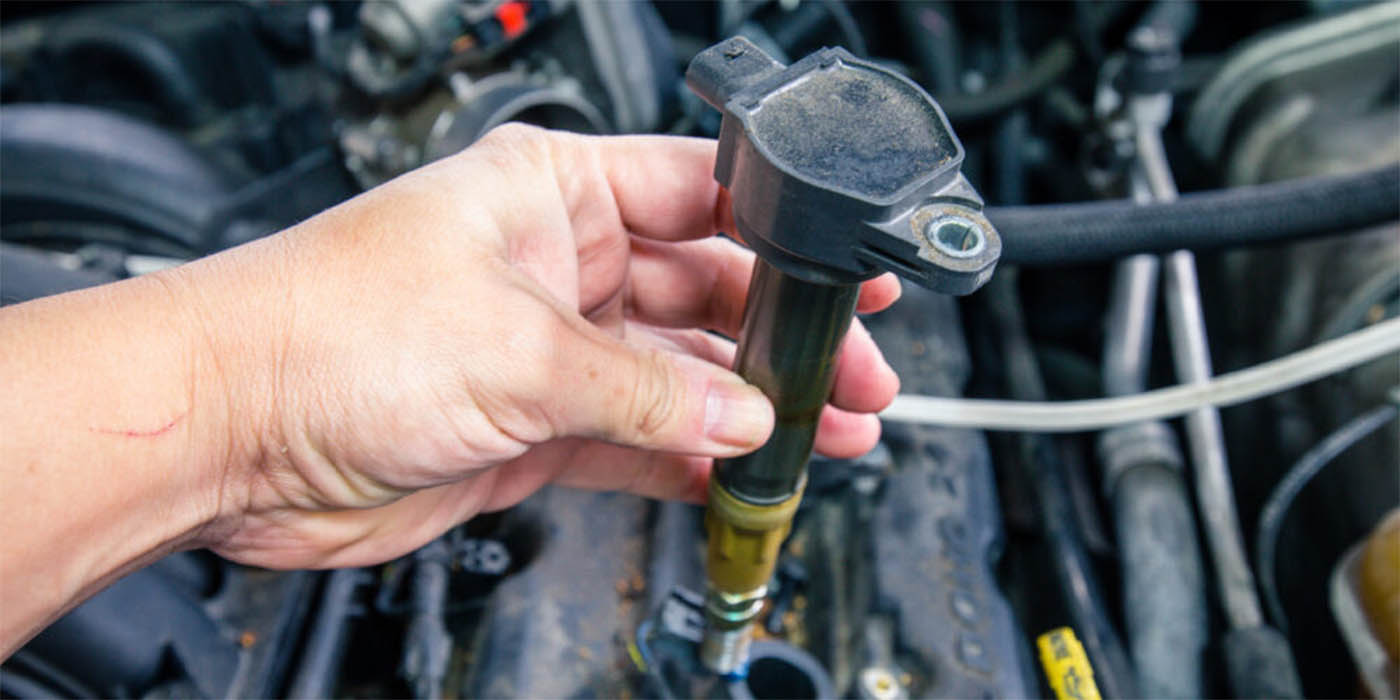A discerning customer might walk around their vehicle to inspect their tires looking for any signs of wheel damage. However, what they don’t see is what’s on the inside of a tire, and that is a TPMS sensor, which can also be subject to damage if not taken care of and serviced during the tire-changing process.
Because some tire equipment still in shops today wasn’t designed with TPMS in mind, TPMS sensors can sometimes snag the sidewall of the tire when they’re removed. This can not only damage the tire, but also the sensor body or valve stem.
When changing tires, you need to remove the TPMS sensor and valve stem all-together. But, before you do that, you need to break the bead. This is where a tire changer’s useful helper devices come into play. Using helper devices like rollers and leverless heads helps avoid damage to the TPMS sensor body. In addition, never use a bead shovel near the TPMS valve stem.
To safely demount a tire with valve-mounted TPMS, look to see which type of sensor you are dealing with –one with an aluminum clamp-in valve stem or one with a rubber snap-in stem, which have become more popular.
With an aluminum clamp-in stem, Schrader recommends removing the nut from the stem and allowing the sensor to fall inside of the tire. This may be the easiest way to avoid sensor damage. For rubber snap-in stems, make sure that the valve is at the 12:00 or 6:00 position (90 degrees) when breaking the bead on the front and back sides of the tire. This ensures that the tire changer doesn’t crush the sensor on the opposite side of the valve. The valve should also be under the dismount head when starting the turntable when you go to remove the tire from the rim. This keeps the tire from hitting the valve and damaging the sensor body.
When mounting a tire into a wheel, the TPMS valve should be placed where the tire meets the rim when mounting the tire to the rim on the turntable. This will help the tire flip over the lip of the rim directly over the valve, keeping the sensor protected in the process.
For snap-in valves, always lubricate the valves before pulling them through the valve hole. This will help ensure proper valve placement and give more protection during the pull-through process.

